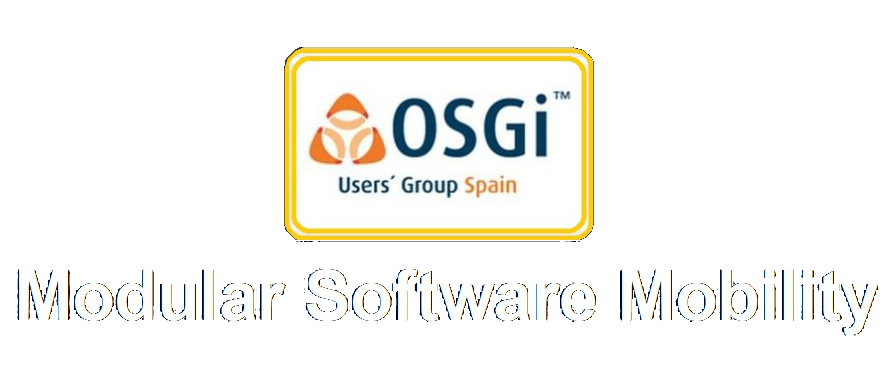Digitization & Cyberization
“Digital Transformation refers to the global change consequence of applying Digital Technology to all the aspects of the Society. “
Digitization & Cyberization
Defining a suitable approach for managing Digital Transformation requires an in depth understanding of Digitization and Cyberization processes as well as strong Software Engineering foundations for addressing the challenge.
“Digitization entails the representation of a physical entity in terms of bits while Cyberization refers to the process of it becoming part of a Cyber-world.”
In general, a universe is a set of worlds, and a world (physical or virtual) can be defined in terms of the rules applying to the interaction among entities. Examples are the physical laws that constraint all possible interactions among the physical entities in the worlds of our universe. Civilisations appear as a subset of all possible interaction patterns.
- Cyber-physical Systems. Physical and cyber-entities can be integrated in Cyber-physical Systems (CPS). A Cyber-physical System combines physical interaction rules with those from the emerging cyber-world.
Internet of Things, Internet of People and Internet of Services – Expanding Digital Services
The service concept, non-material equivalent of something, can be used as a common abstraction for the interactions among physical or digital entities.
A range of service native software technologies have emerged on Internet from its origins. The increasing services innovation speed (consequence of the digital nature and exponential laws driving the innovation in underlying technologies) is particularly visible during the last years.

Internet of Services
High level concepts such as Internet of Things (IoT), Internet of People (IoP) and some other Internet of Xs, can be considered application domain instances of Internet of Services (IoS).
Atomic services can be combined for building more complex services. Therefore, the right level of granularity becomes essential for flexible services composition.

Recent Comments